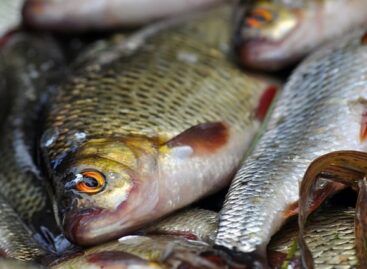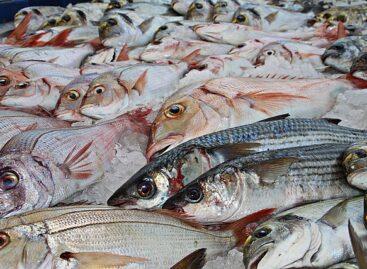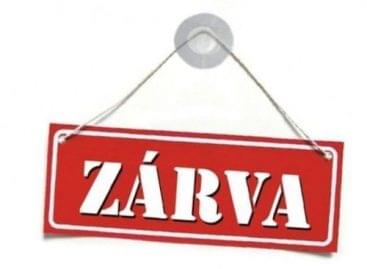The Hungarians and the fish
The AKI Agricultural Economics Institute Nonprofit Limited Liability Company presented the data collection works related to the project, the aim of which was to create knowledge from the data. Sector experts shared their thoughts on the development of fish consumption and fish production at a round table discussion reserved for the press, where the coverage of Trade magazine was prepared.

It was said that the annual consumption of fish meat in the EU is 23 kg/person, in Hungary it is 6.7 kg/person. The goal is to increase the consumption of domestically produced fish, because imported fish products account for a major share of domestic fish consumption. Fish consumption in our country is still mostly based on religious and traditional foundations. 80% of the domestic production is carp, which has a strong seasonality, the Easter and Christmas periods. But processed African catfish is also an increasingly sought-after product. The share of imported fish in consumption is 79 percent.
In 2022, fish consumption per person in Hungary was 6.7 kg, which shows an increase of 2 percent (14 dkg) compared to the previous year. Of this, unfortunately, 1.5 kg is domestic fish and 5.2 kg is sea fish.
The distribution of fish consumption in Hungary according to processing is as follows:
live, fresh or chilled fish: 1.8 kg/person
frozen fish products: 2.1 kg/person
preserved or canned goods: 2.8 kg/person
Related news
Christmas fish won’t be more expensive this year either
🎧 Hallgasd a cikket: Lejátszás Szünet Folytatás Leállítás Nyelv: Auto…
Read more >Significant funding sources may be available for the Hungarian fishing sector
🎧 Hallgasd a cikket: Lejátszás Szünet Folytatás Leállítás Nyelv: Auto…
Read more >This is what the Christmas fishing season will be like
🎧 Hallgasd a cikket: Lejátszás Szünet Folytatás Leállítás Nyelv: Auto…
Read more >Related news
Hungarian Product is 20 years old – a reliable compass in the domestic FMCG sector
🎧 Hallgasd a cikket: Lejátszás Szünet Folytatás Leállítás Nyelv: Auto…
Read more >KPMG CEO Outlook 2025: replanned trust
🎧 Hallgasd a cikket: Lejátszás Szünet Folytatás Leállítás Nyelv: Auto…
Read more >Sunday lockdowns may return in Europe
🎧 Hallgasd a cikket: Lejátszás Szünet Folytatás Leállítás Nyelv: Auto…
Read more >







